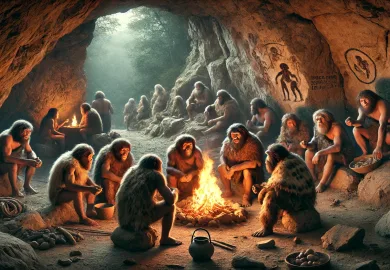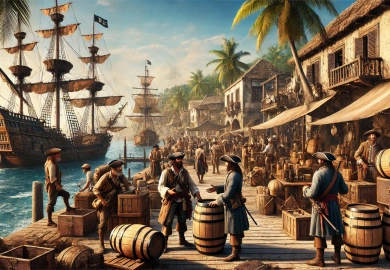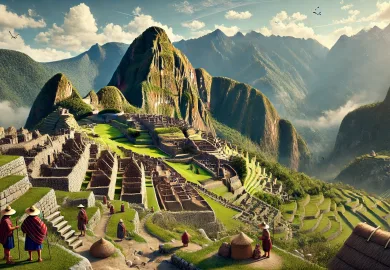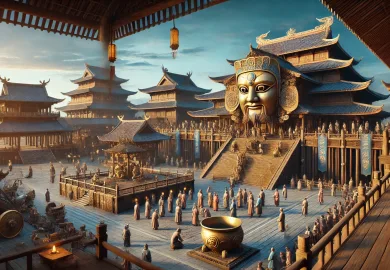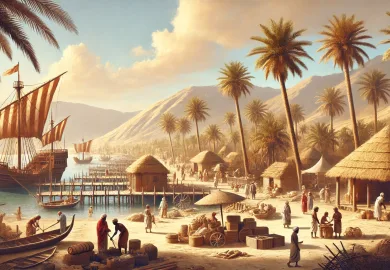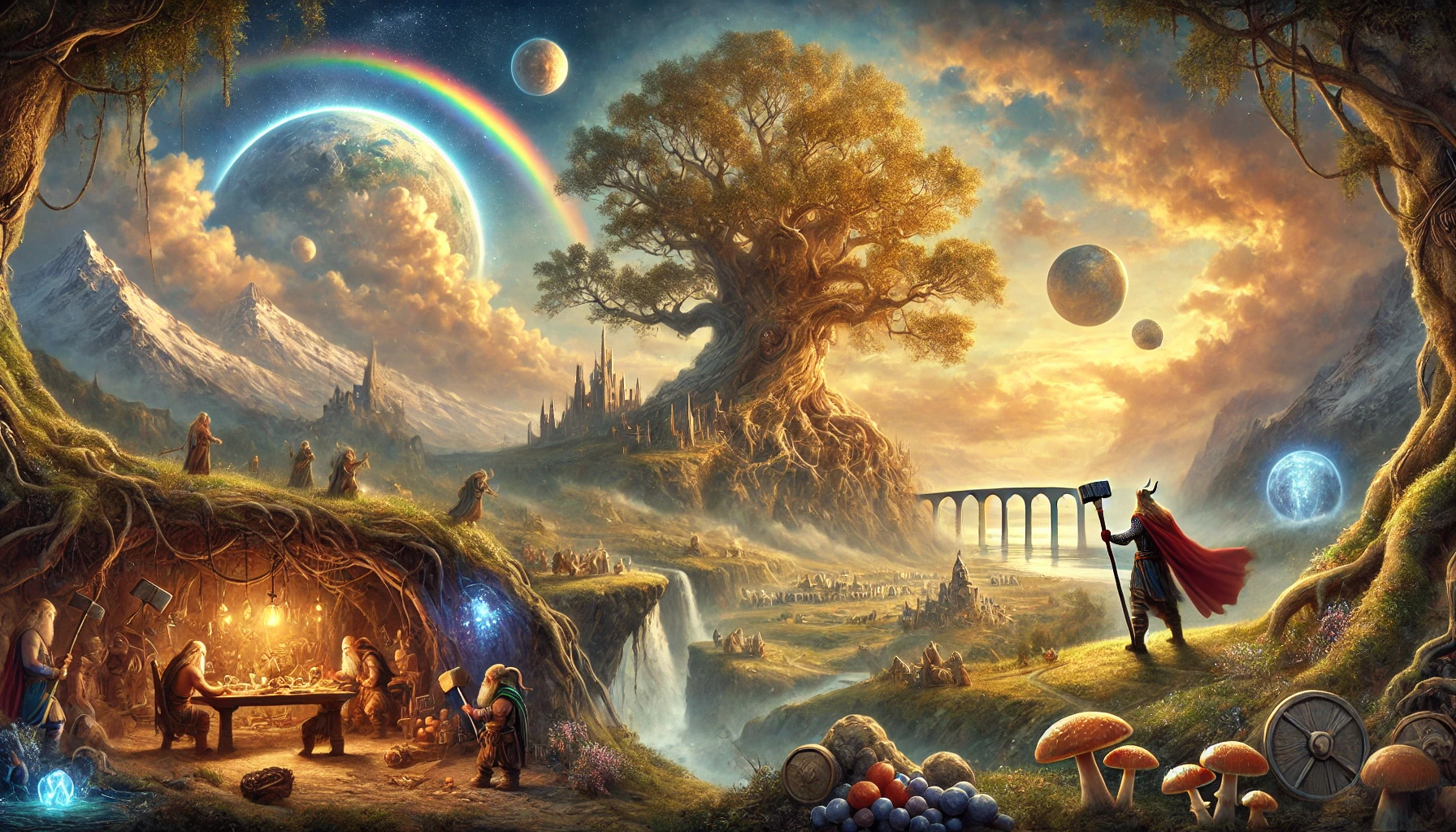
Ancient Germanic mythology is a fascinating tapestry of myths, legends, and gods that shaped the culture, beliefs, and traditions of the ancient Germanic peoples, including the Norse, Anglo-Saxons, and continental tribes. Rich in symbolism and powerful archetypes, these myths offer us a glimpse into the values and worldviews of early Germanic societies. From gods like Odin and Thor to legendary realms such as Asgard and Midgard, the tales of Germanic mythology are brimming with adventure, heroism, and mystery. In this article, we will delve into the key elements of ancient Germanic mythology, uncovering the pantheon of gods, the mythic creatures, and the cosmology that made these myths so enduring.
The Pantheon of Germanic Gods: Odin, Thor, Freya, and More
At the heart of Germanic mythology lies a diverse pantheon of gods, each with distinct personalities and domains of influence. These deities played vital roles in the daily lives of the Germanic tribes, influencing everything from warfare and weather to fertility and the harvest.
Odin, the chief of the gods, is often depicted as the wise, one-eyed leader who sacrificed his eye for knowledge. He governs war, wisdom, poetry, and death. Odin’s legendary search for wisdom is one of the most compelling aspects of Germanic mythology, as he travels far and wide, often disguising himself to gain insight into the mysteries of the universe.
Thor, the god of thunder, is another prominent figure in the mythology. Known for his strength and courage, Thor wields the powerful hammer Mjölnir, which protects both gods and humans from the giants. His myths reflect the values of protection and bravery, qualities that were highly respected in ancient Germanic culture.
Among the most important female deities is Freya, the goddess of love, beauty, and fertility. As the leader of the Valkyries and the possessor of great magical powers, Freya is a central figure in tales of both life and death. Her duality as a goddess of love and war makes her one of the most complex and revered deities in the pantheon.
Realms of Existence: The Cosmology of Germanic Mythology
One of the most striking features of Germanic mythology is its intricate cosmology, which outlines multiple realms of existence connected by the world tree, Yggdrasil. Each of these realms plays a significant role in the myths and stories that define the Germanic worldview.
The most important of these realms is Asgard, home to the gods, and Midgard, the world of humans. Asgard is depicted as a shining, golden realm where the gods reside in palatial halls, such as Valhalla, Odin’s great hall where fallen warriors are taken by Valkyries. Midgard, meanwhile, is the middle world, connected to Asgard by the Bifröst, a rainbow bridge.
Another notable realm is Jotunheim, the land of giants, who often clash with the gods. These giants represent chaos and the forces of nature that challenge the gods’ order. Other realms include Niflheim, the icy world of the dead, ruled by the goddess Hel, and Alfheim, the realm of the elves, beings of great beauty and power.
Yggdrasil, the great ash tree, is central to this cosmology, linking all the realms together. Its roots extend into the underworld, while its branches reach up to the heavens. The tree is both a symbol of the universe’s structure and a source of life, knowledge, and fate.
Mythic Creatures: Giants, Dwarves, Elves, and Dragons
Germanic mythology is populated by a host of mythic creatures, each with unique characteristics and roles within the larger mythological framework. These creatures often interact with the gods and humans, playing crucial parts in the unfolding of mythic events.
Giants, known as Jotnar, are frequent antagonists in many Germanic myths. Representing chaos, destruction, and the wild forces of nature, they are constantly in conflict with the gods. Despite their opposition to the gods, they are often portrayed as complex characters, capable of both great wisdom and brutality.
Dwarves, skilled craftsmen and smiths, are responsible for creating many of the gods’ powerful weapons and artifacts, including Thor’s hammer, Mjölnir. Known for their ingenuity and craftsmanship, dwarves inhabit the underground realm of Svartalfheim, where they work tirelessly in their forges.
The elves, particularly the light elves of Alfheim, are beautiful, magical beings often associated with nature, fertility, and art. They are less antagonistic than giants and more neutral in their interactions with the gods and humans, representing a more benevolent aspect of the supernatural.
Finally, dragons are recurring figures in Germanic mythology, symbolizing greed, destruction, and chaos. Perhaps the most famous dragon in Germanic legend is Fafnir, a creature transformed by his greed for gold. The slaying of Fafnir by the hero Sigurd is one of the most iconic myths, echoing themes of bravery, sacrifice, and the destructive power of wealth.
The End of the World: Ragnarok and the Cyclical Nature of Time
One of the most powerful and enduring aspects of Germanic mythology is the concept of Ragnarok, the end of the world. Unlike other mythologies that view time as linear, Germanic mythology sees time as cyclical, with Ragnarok marking both the end of the old world and the beginning of a new one.
Ragnarok is a series of events that culminates in a great battle between the gods and their enemies, including giants, the wolf Fenrir, and the Midgard Serpent. During this cataclysmic event, many of the gods, including Odin and Thor, meet their doom. The world is consumed by fire, and the old order is destroyed.
However, Ragnarok also represents renewal. After the destruction, a new world rises from the ashes, and a few surviving gods, along with two human beings, repopulate the earth. This cyclical view of time reflects the Germanic understanding of life as an eternal cycle of birth, death, and rebirth.
This theme of rebirth and renewal after destruction is central to the mythic worldview of the ancient Germanic peoples. It highlights their belief in the resilience of life, even in the face of overwhelming adversity, and the inevitability of change.
Conclusion: The Lasting Legacy of Germanic Mythology
Ancient Germanic mythology has left an indelible mark on modern culture, inspiring countless works of literature, art, and entertainment. From Wagner’s operas to modern fantasy novels, the gods and heroes of Germanic myth continue to captivate the human imagination. The timeless themes of heroism, sacrifice, and the cyclical nature of life resonate with audiences today just as they did with the ancient Germanic tribes.
Through the myths of Odin, Thor, and the other gods, we gain insight into the values and beliefs of the ancient world. The cosmology, creatures, and legendary battles of Germanic mythology offer a window into a time when the natural and supernatural were intertwined, and the fate of the world was in the hands of both gods and men.

